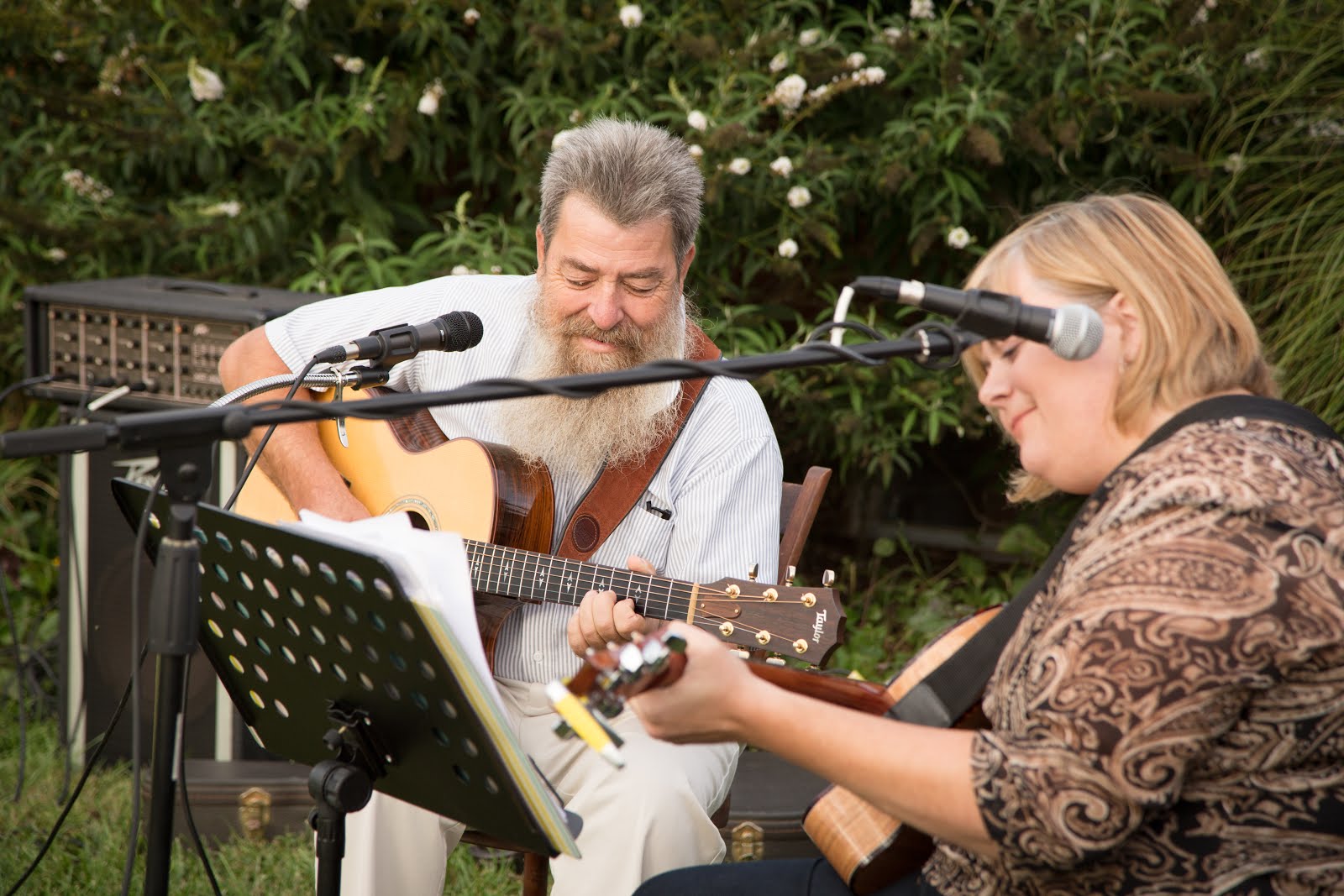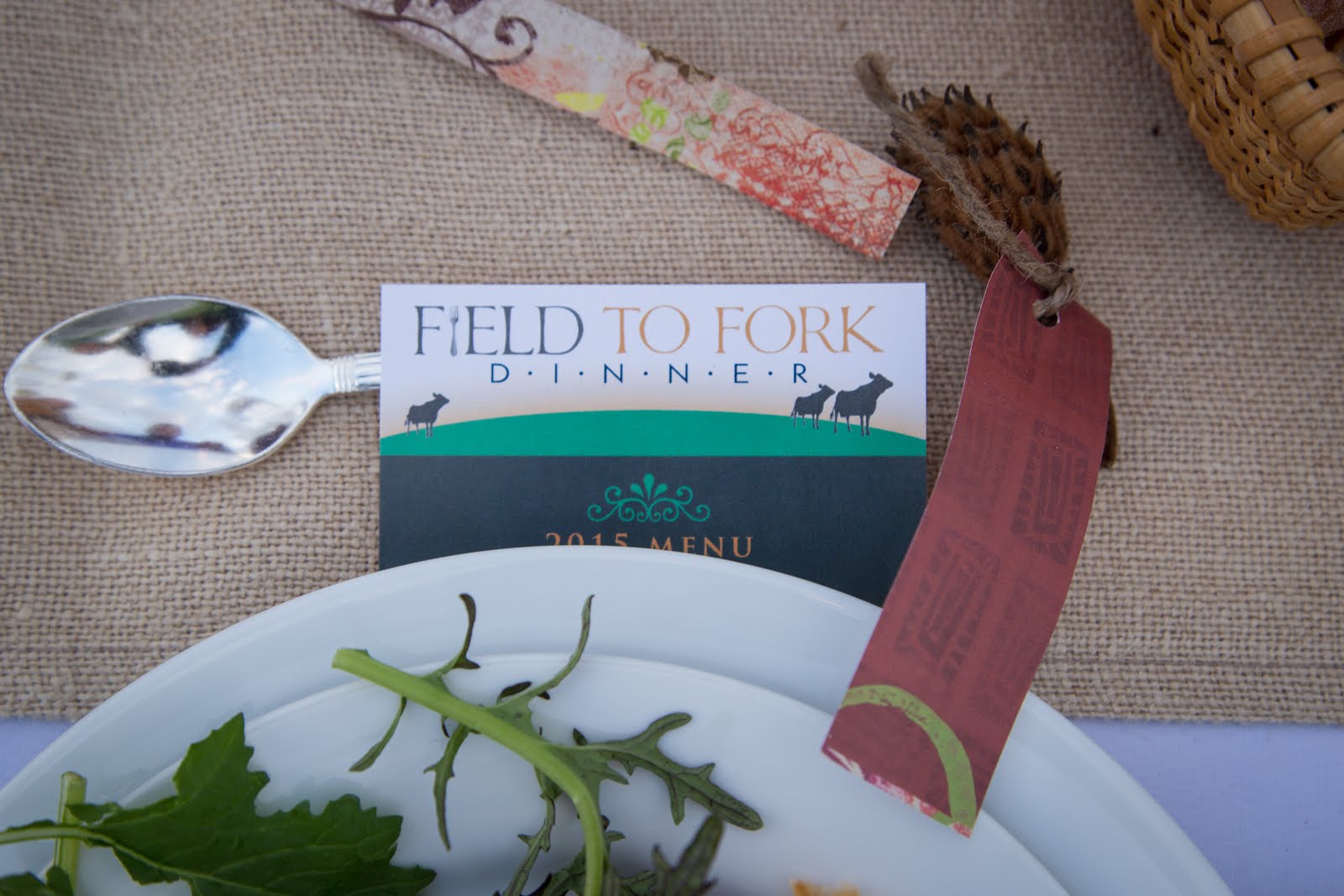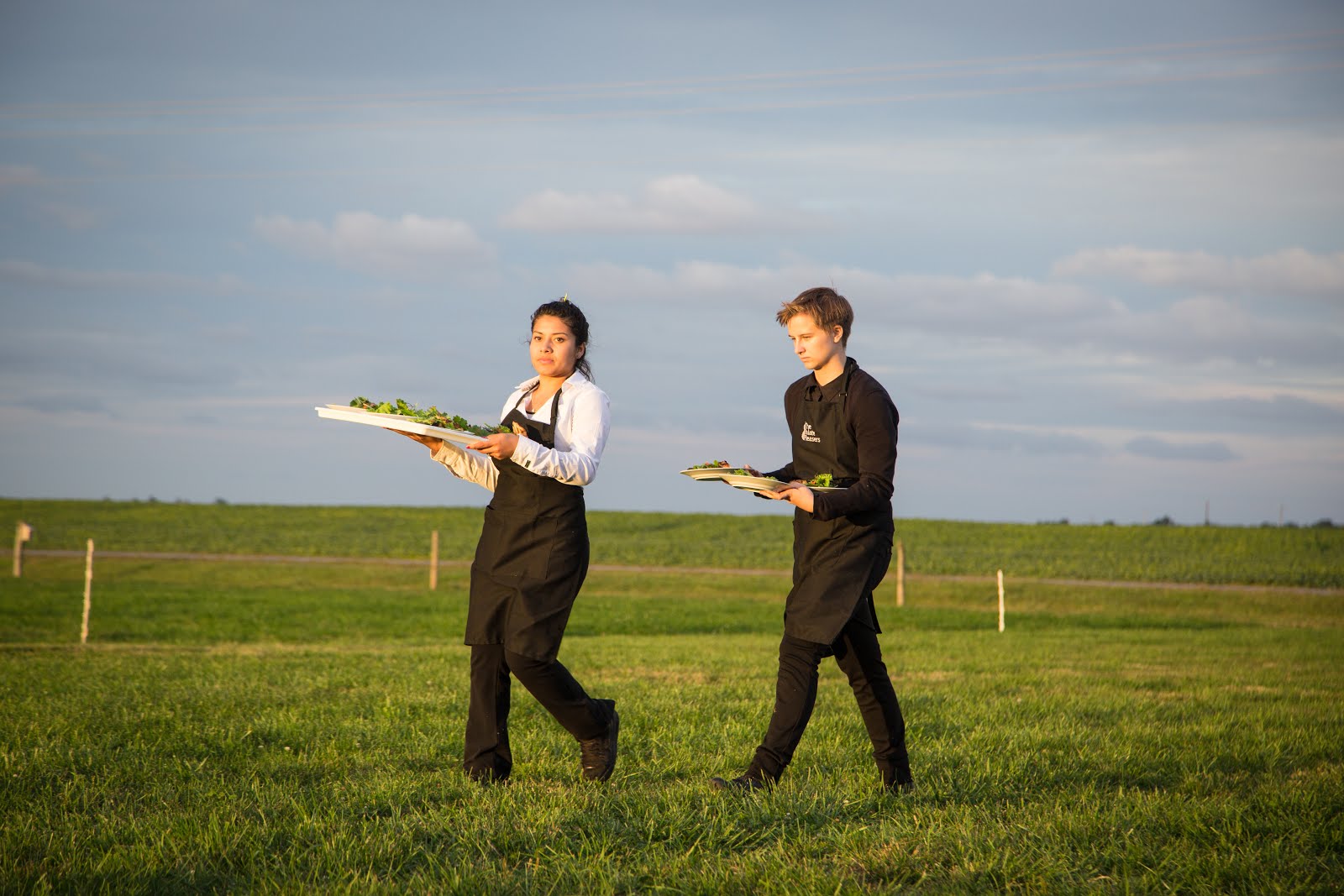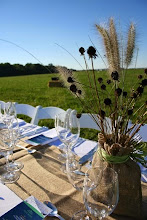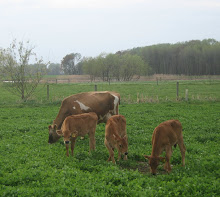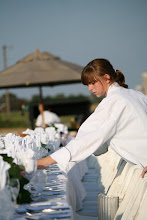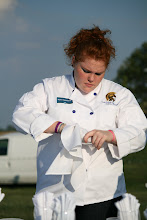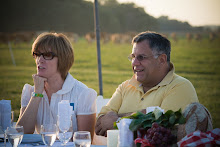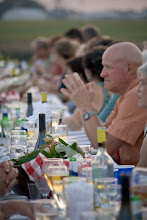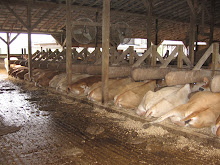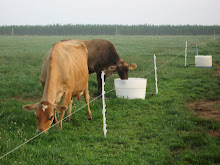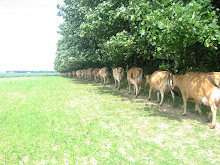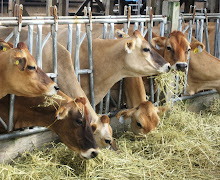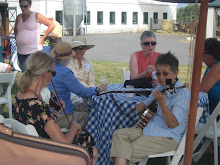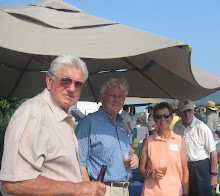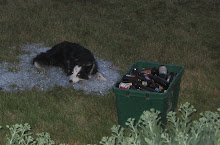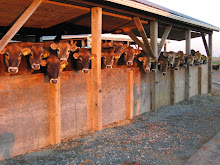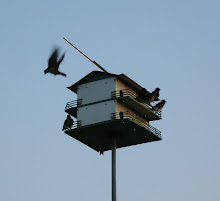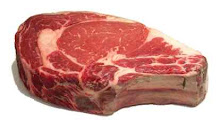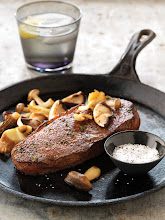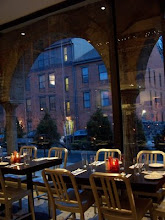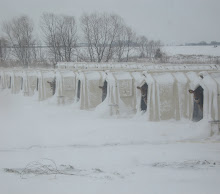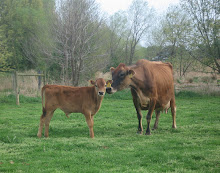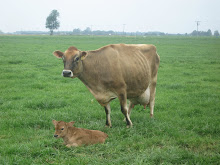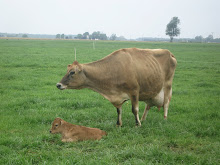
Often, visitors to St. Brigid’s Farm ask, “Where does you milk go?” It is sold through a producer member marketing cooperative, Land O’ Lakes. Now what does that really mean and where does the milk really go? The Land O' Lakes Cooperative began in the upper Midwest in 1921 as a small regional creamery and today has grown to be the largest feed company in North America, the world leader in animal milk replacers and the largest distributor of agronomy products in the United States. Land O' Lakes has a rich history of serving America's farmers and marketing America's favorite dairy products. Today, this farmer-owned cooperative processes the milk from over 3,000 dairy producers from Pennsylvania to California to more than 50 countries worldwide.
The milk specifically produced at St. Brigid’s Farm is hauled in an insulated stainless steel 18 wheeler seen in the first picture to the right and not in milk cans and pulled by a horse drawn wagon as seen in the 1921 photo. Holly Tree Trucking Co. comes to our farm every other day measures the milk amount, collects a sample for quality testing, and pumps the milk from our stationary refrigerated tank to the truck. From here the milk goes to Pennsylvania where two things can happen depending on the demand of the day. Either it is pasteurized, homogenized, and standardized to skim, low fat or whole milk for bottling or it is manufactured into butter and skim milk powder. The butter is packaged for retail sales in 1 pound blocks with the familiar Indian Maiden logo. The dried skim milk powder is bagged for domestic and export markets.
As for direct sales of fresh milk, the unfortunate answer is no. The dairy industry is heavily regulated by state health officials and the Pasteurized Milk Ordinance. For reasons pertaining to food safety and your health it is unlawful for us to sell unpasteurized milk in the state of Maryland.
Merry Christmas! Bob & Judy
















